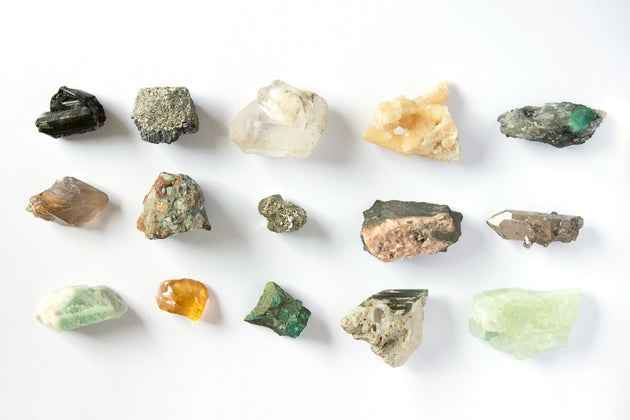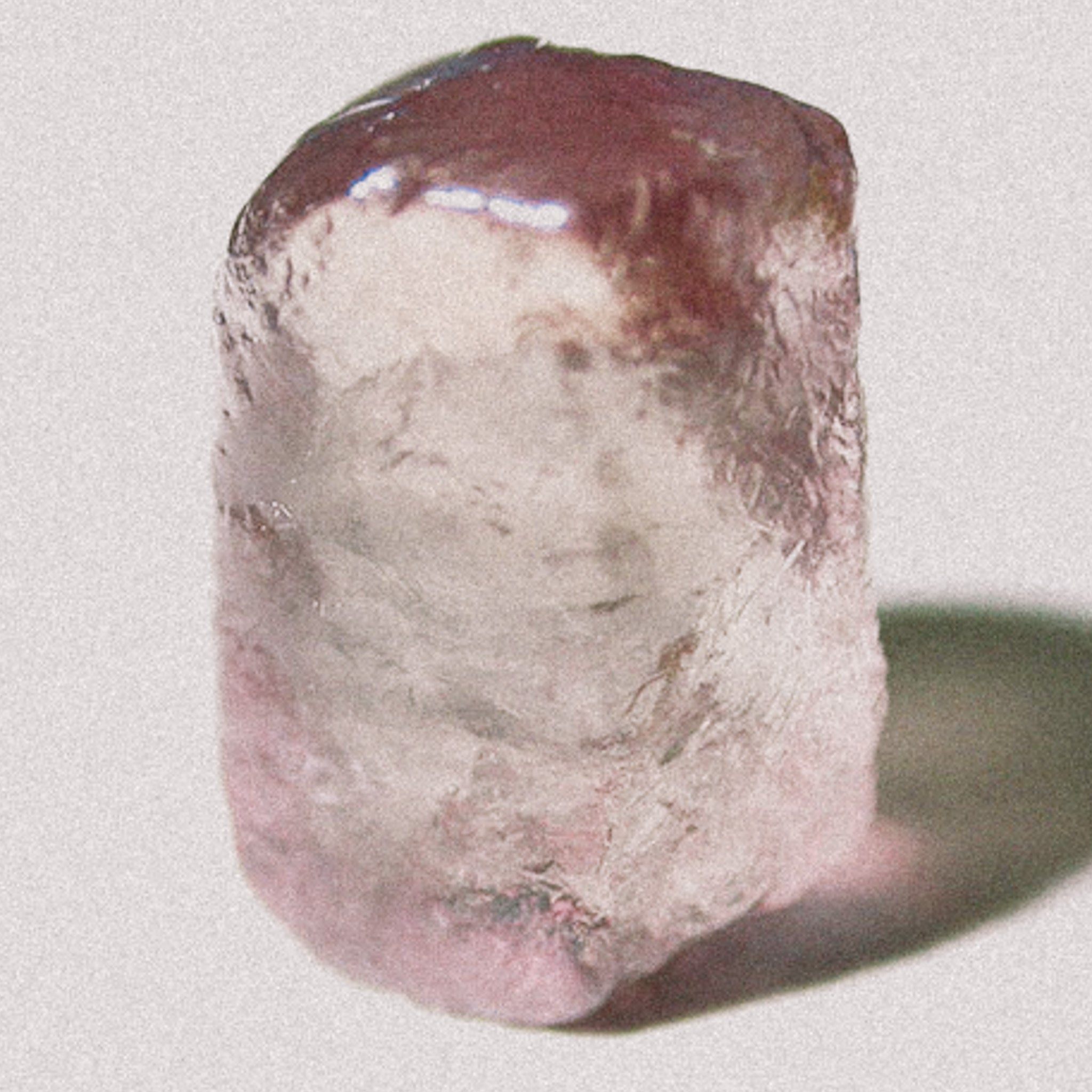Interview with Eric, ethical stone merchant<> and supplier of the Nyala pink sapphires for the Talisman capsule.
Where do these ethical pink sapphires come from?
They're Nyala sapphires, from Malawi, in the center of the country. Their color is natural, and they have not been heated. Nyala sapphires are gems from the Chimwadzulu mine. All naturally pink or red, they include these magnificent pink sapphires and the famous Nyala ruby.
These sapphires are "Level 1" according to our Quality Assurance & Fair Trade Protocols. This means that we have total transparency throughout the chain and that they have a significant positive impact on miners and the local community.
Why "Nyala"?
It's the name of an antelope native to the Chimwadzulu region, with a reddish coat. It's a beautiful and rare animal, just like these sapphires and rubies!
How long have you been working with the Chimwadzulu mine?
We obtained the operating lease in the 90s, in partnership with David, a British consultant specializing in the development of mining operations. Under his leadership, the mine employed around 200 people and was a model of safety and ethical stewardship.
How do you find out about a new mine?
Generally, it's the locals who find stones by chance, on the ground or in a stream... As for diamonds, they only form in certain very precise geological conditions, so it's geologists who study the terrain. Then it's a matter of finding partners capable of launching a larger campaign and bringing the stones to market. Mining is a risky and difficult business!
How many people worked in the mine? Men or women?
Recently, about fifty people, about 75% men.
In concrete terms, how does the Chimwadzulu mine work?
It's an open-pit mine. Unfortunately, it hasn't been working for 2 and a half years now. After our lease, we worked with a local operator, but he refused to pay bribes and lost the right to operate. At present, the people who hold the lease do anything and do not respect our ethical charter. That's why we don't want to work with them...
This lease, which is necessary to operate the mine, who holds it and who grants it?
The Malawian government is the only one empowered to grant them. Recently, a new government - which seems less corrupt - has come to power... Perhaps we'll soon be able to continue the project!
Ndlr: In Malawi, as in other African countries, the state owns the mines and grants operating leases. To be fully transparent about compliance with the ethical charter, you have to be a mine operator yourself. Unfortunately, the state - more or less corrupt depending on the government in power - awards leases according to opaque criteria.
What is your relationship with the community?
When our cooperation with the operators came to an end in 2018, we were really supported by the local community, who had worked very hard to get the state to renew our lease. Unfortunately, that didn't happen.
We wanted to go further than fair trade, so we developed the Dnzonze District Development Fund project in the early 2000s. The office was made up of a representative of the mine staff, two chiefs, a doctor, the school principal and the local doctor. The idea was to have an independent office to identify priorities in terms of community development, financed by mining revenues. The program was based on 3 components: education, health and the environment. As a result, we were able to build a school, provide accommodation for teachers coming from afar, pay teachers and create a nursery school. We have also built wells to facilitate access to water, as well as supporting the local clinic, particularly in the care of HIV patients. On the environmental front, we have, among other things, contributed to the development of a tree nursery to help with reforestation.
Unfortunately, the current operator does not wish to finance this development fund... Today, there are only 4 teachers for 950 pupils. Despite this, we remain very attached to the project, particularly to the school for which we recently raised funds here in the US to repair the roof, which was blown off by a storm...
Were you supported by the government or NGOs in this project?
At the very beginning of the project, a Canadian association helped launch the school. After that, the money came mainly from our own pockets and from local jewelers in the American West, who helped us raise funds to finance the project. No NGO will talk to us, as they only want to work with "non-profit" organizations. It's always driven me crazy, because I put my own money into it, even when the mine wasn't profitable! I could have created a separate "non-profit" organization, but I didn't think that was honest...
A final word?
Every day, we - traders and jewelers - work hard to affirm our support for a more transparent and fairer supply chain. And it's thanks to you - our customers - that we'll be building tomorrow's jewelry store, and perhaps even a better world!
Many thanks to Eric, David and Kathy for answering our many questions and introducing us to this fascinating world.



